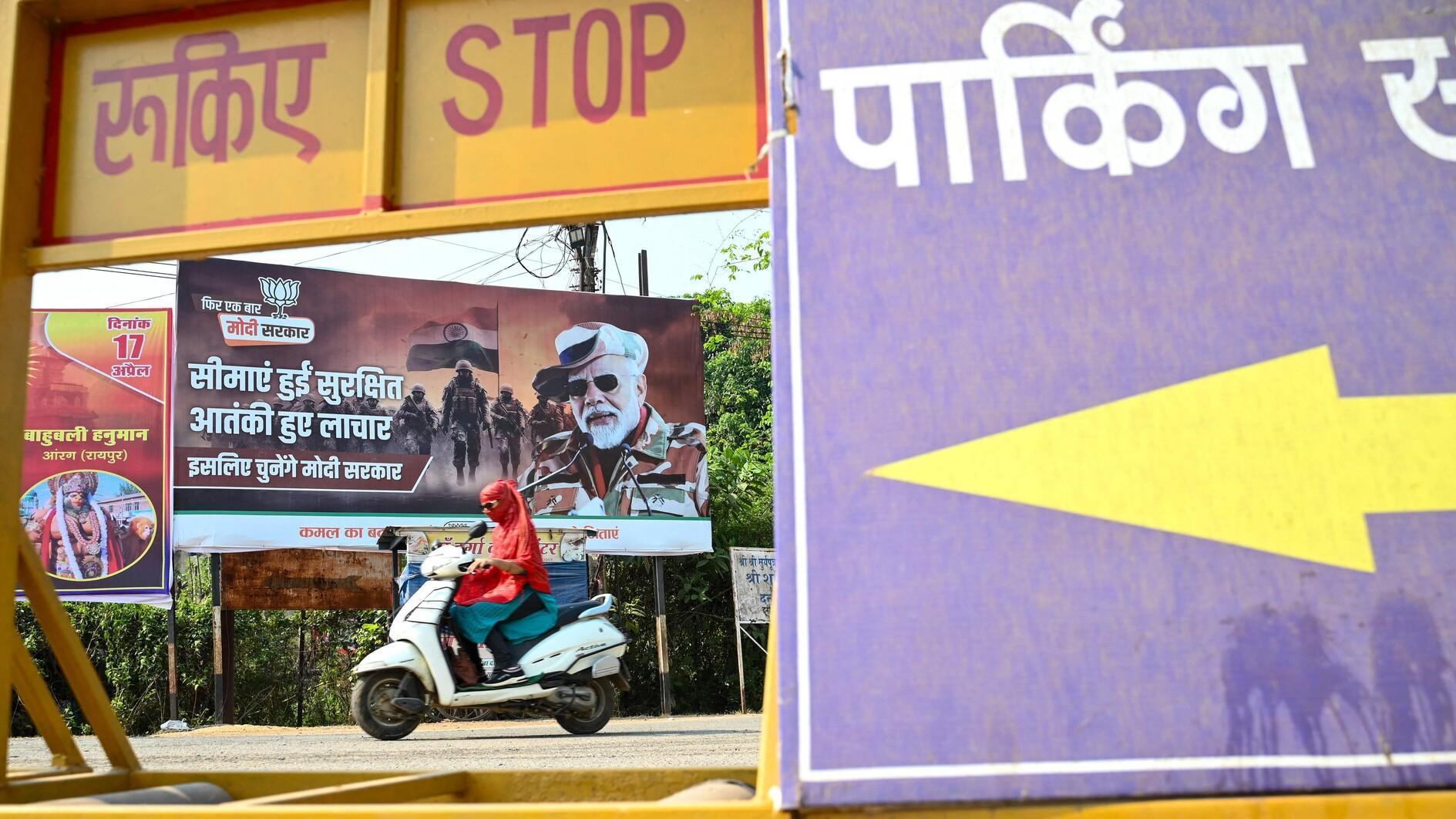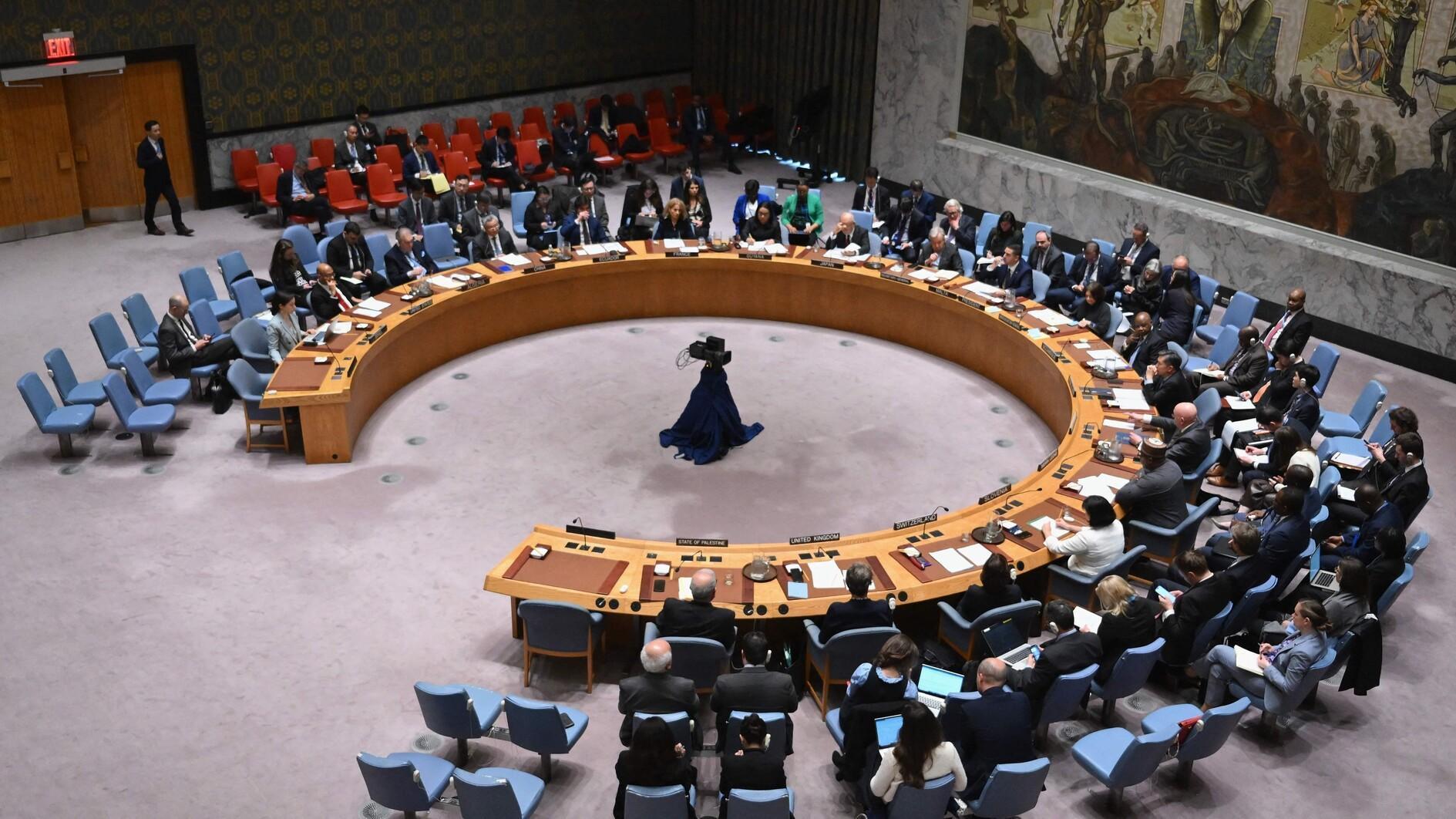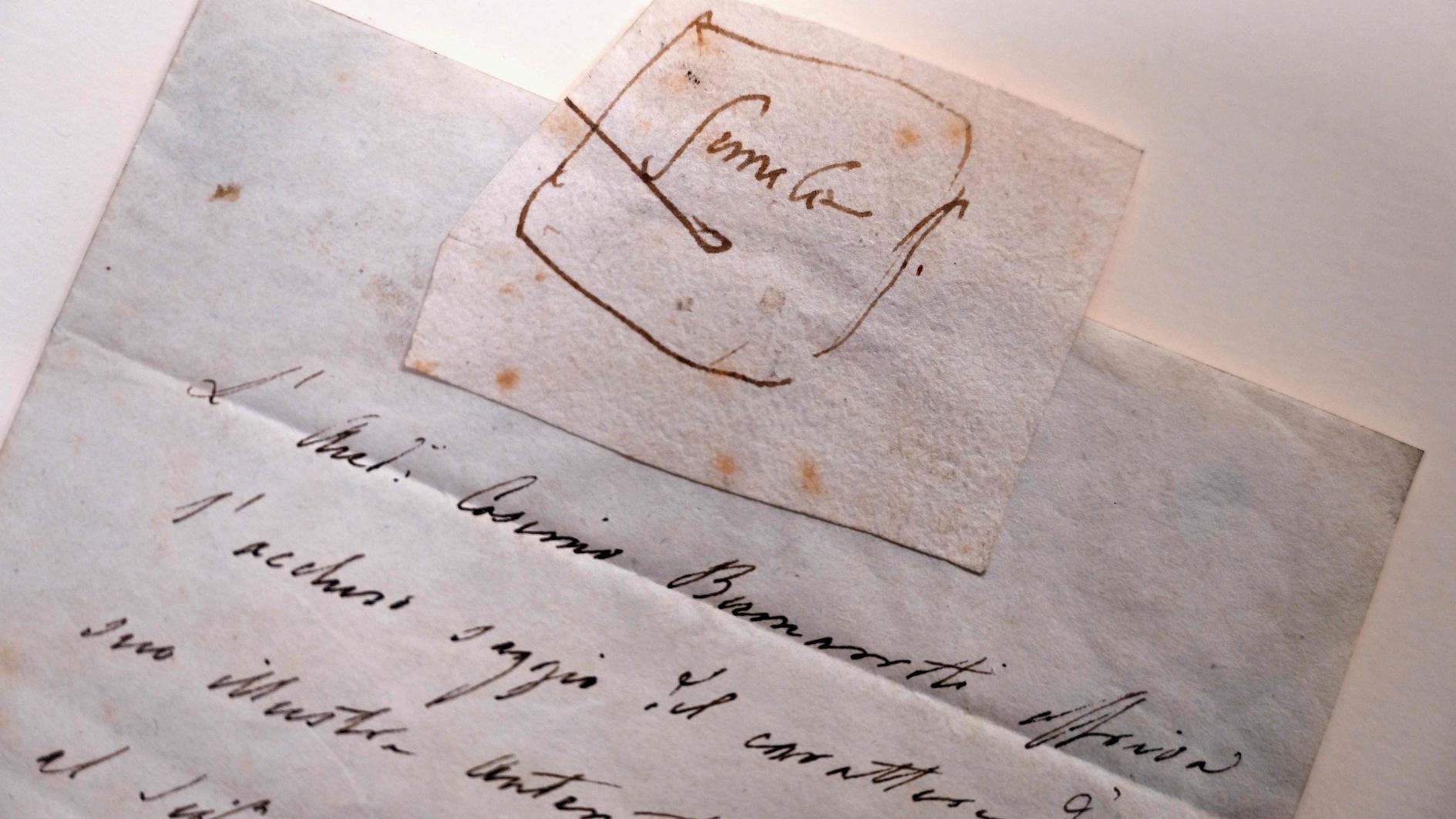Muslim pilgrims scale Mount Arafat for peak of hajj
ANKARA
 Nearly two million Muslims from around the world ascended Mount Arafat on Aug. 31, near the holy city of Mecca in Saudi Arabia, to mark the climax of the annual hajj pilgrimage.
Nearly two million Muslims from around the world ascended Mount Arafat on Aug. 31, near the holy city of Mecca in Saudi Arabia, to mark the climax of the annual hajj pilgrimage.Pilgrims flocked to Arafat on the morning of Aug. 31 after spending a night of meditation and introspection in the tent city of Mina, which marked the first leg of their five-day long hajj.
The pilgrims would spend the day on the Arafat plateau in supplicating God to forgive their sins and then descend back to Muzdalifah, halfway between Arafat and Mina. Then they would go to Mina, where they will take part in the symbolic stoning of the devil.
After the stoning on Sept. 1, pilgrims would sacrifice animals to mark the four-day Eid al-Adha, which begins on the same day.
The hajj ritual is the “fifth pillar” of the Islamic faith, one that must be performed by Muslims—if financially viable—at least once.
Over the course of the last month, hundreds of thousands of Muslims have converged in Saudi Arabia from all over the world to perform this year’s pilgrimage.
In 2015, a human river of pilgrims was performing the final major rite of the hajj, the “Stoning of the Devil,” near Mecca, when a stampede killed hundreds of Muslims from across the world.
Riyadh issued a death toll of 769, while figures compiled from foreign officials in more than 30 countries gave a tally of around 2,300 dead.
Tehran reported the largest number of stampede victims, with 464 Iranians among the dead.
“They were murdered, they [the Saudi authorities] did not help them,” said Reza, a 63-year-old former oil company official, seated in the lobby of a Mecca hotel.
But Reza said that new security measures now left him feeling safer. “Everything is clear this year,” he said, speaking in English.
“They’ve taken more security measures. Otherwise, we would not have come,” he said. And “the hajj leaders of Iran have given us instructions and times” for the rituals, to avoid any repeat of the 2015 disaster.
Iranian authorities say more than 86,000 Iranian pilgrims are taking part in this year’s hajj, each equipped with an identity bracelet in case of any accident.
The kingdom of Saudi Arabia has deployed more than 100,000 security personnel to keep pilgrims safe at this year’s hajj, according to the Interior Ministry.
















